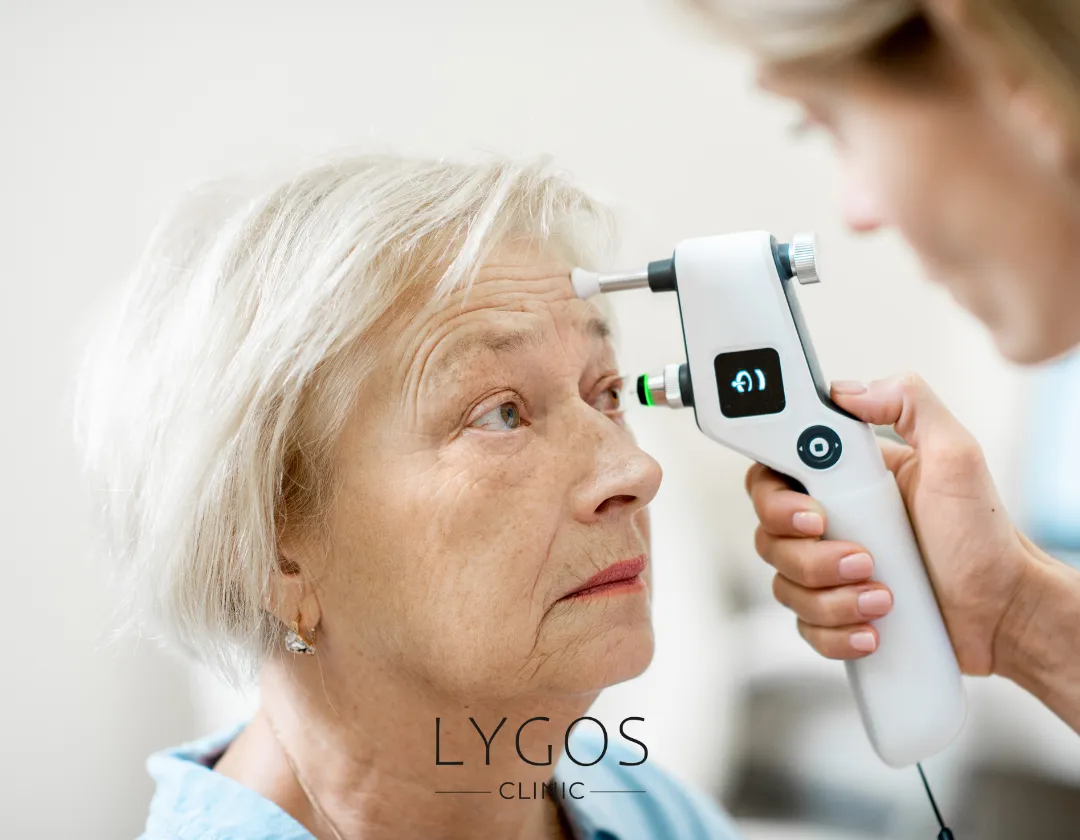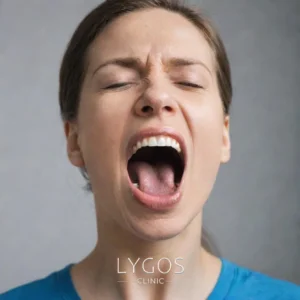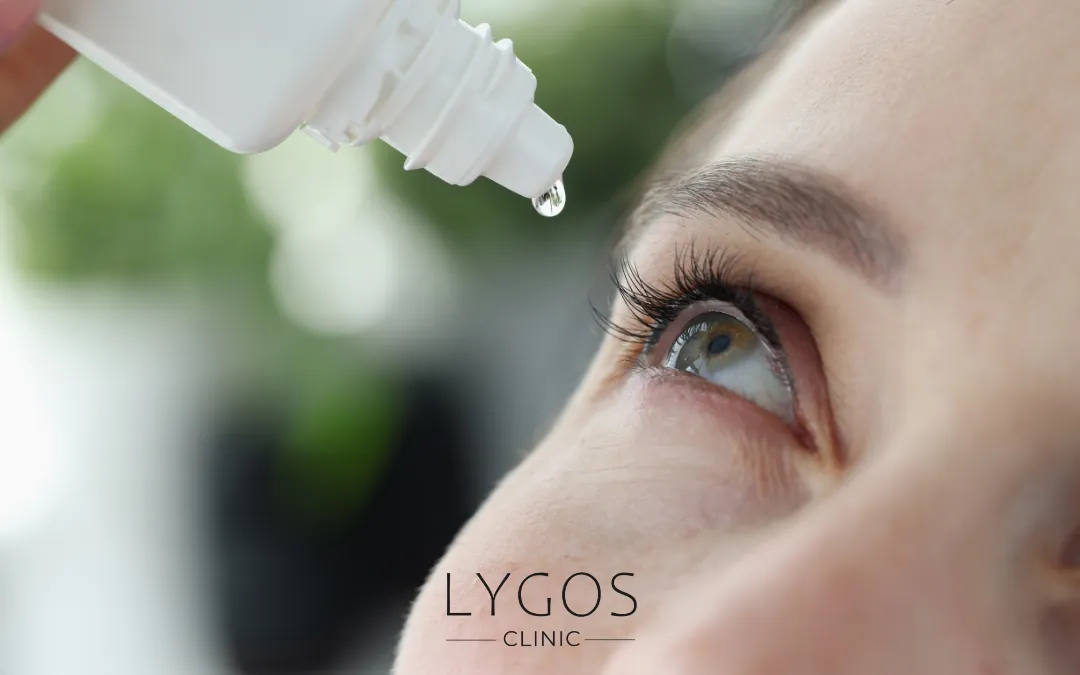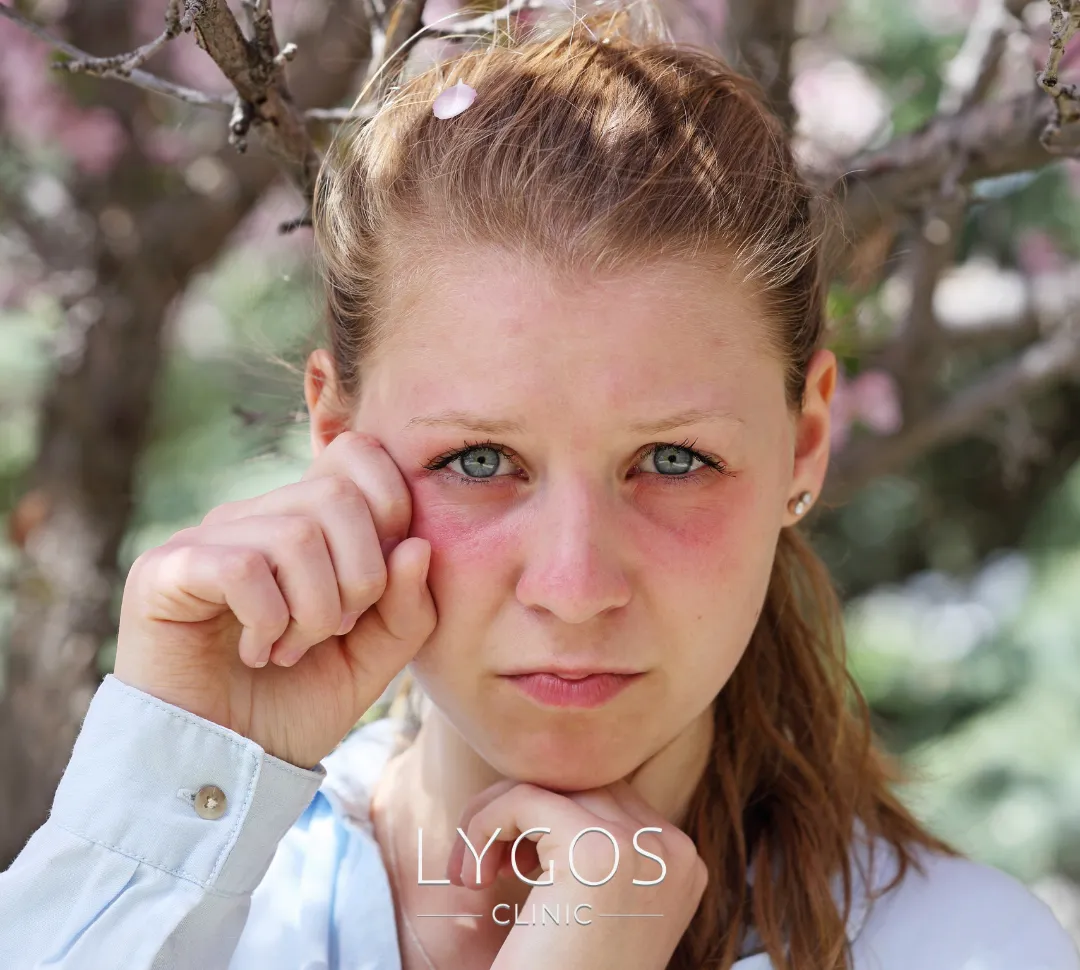What is Eye Pressure (Glaucoma)?
This increase in pressure can damage the optic nerve and cause permanent damage. The most common form of glaucoma, which is more common in people over the age of forty, is called “Primary Open Angle Glaucoma”. This type of glaucoma progresses insidiously and its symptoms often go unnoticed. Early diagnosis of this irreversible disease is vital once vision loss has occurred. During routine eye examinations by ophthalmologists, abnormal increases in intraocular pressure may be detected incidentally during checks for other reasons, such as a change in spectacle size. However, the diagnosis of glaucoma cannot be based solely on elevated intraocular pressure. This increase must be accompanied by damage to the optic nerves and loss of visual field. Therefore, an increase in intraocular pressure does not always mean glaucoma. However, it is a finding that should be carefully monitored.
Get Free Consultation
Choose Your Topic

What are the Symptoms of Eye Pressure (Glaucoma)?
Glaucoma is an insidious disease that does not show any symptoms in its early stages. This causes glaucoma to progress unnoticed most of the time. However, some patients may start to experience certain symptoms, especially in the later stages. Symptoms of glaucoma include the secretion of intraocular fluid at different rates throughout the day.
This can result in headaches and pain around the eyes. Some patients report temporary blurring of vision or seeing circles around lights due to increased intraocular pressure. A feeling of stiffness in the eye and pain when pressure is applied to the eye are also common complaints. Angle-closure glaucoma, a subtype of glaucoma, can present with painful and red eyes, especially in individuals with hyperopia.
Patients who experience such symptoms should consult an ophthalmologist immediately. Congenital glaucoma, on the other hand, can present with symptoms such as larger than normal eyes or a size difference between the two eyes. This condition can be recognized by careful parents. Early diagnosis and treatment are vital to stop the progression of glaucoma. Therefore, regular eye check-ups are essential to maintain eye health.
How is Eye Pressure (Glaucoma) Treated?
In the treatment of glaucoma, medication is primarily applied in cases where eye pressure does not reach dangerous levels. In this treatment, it is aimed to control intraocular pressure by using topical eye drops. Patients can keep eye pressure at normal levels by using these medications regularly.
During the treatment, patients are monitored by an ophthalmologist at regular intervals and the effect of the medication is evaluated. If the medication is successful and the eye pressure can be controlled, the patient should continue this treatment for the rest of his/her life. However, if medication is inadequate or the eye pressure cannot be lowered, surgical methods may be necessary.
In this case, laser glaucoma treatment or an eye surgery called trabeculectomy may be considered. The aim of all these methods used in the treatment of glaucoma is to stabilize the current state of the disease and stop its progression. Since vision loss caused by glaucoma is irreversible, it is very important that patients do not neglect regular eye checks.


What is Hidden Eye Pressure?
Glaucoma, popularly known as blackwater disease or eye pressure, is an eye disease that damages the optic nerve as a result of increased intraocular pressure. This condition, which usually progresses without symptoms, is also known as hidden eye pressure. The fluid that accumulates in the eye causes the pressure to rise and this pressure presses on the optic nerve at the back of the eye, causing damage.
Glaucoma can only be recognized during routine eye examinations. However, if not diagnosed and treated in time, this disease can lead to irreversible permanent vision loss. The most common symptoms of glaucoma include severe eye pain, headache, blurred vision, nausea and vomiting. When these symptoms are observed, it is vital to consult an ophthalmologist immediately to preserve vision.
Laser Eye Pressure Treatment
There are multiple treatment methods for glaucoma. One of these is laser eye pressure treatment. It is usually used when medication is not effective. It is also one of the most ideal options for narrow-angle glaucoma that occurs with a crisis. For such conditions, laser eye pressure treatment should be applied as soon as possible. It should not be forgotten that uncontrolled eye pressure can lead to permanent vision loss.
High Eye Pressure Treatment
The main goal of glaucoma treatment is to stop the progression of damage to the optic nerve. Therefore, the treatment of high eye pressure is very important. To achieve this goal, the intraocular pressure must first be lowered. Eye pressure can usually be controlled with eye drops, laser treatments or glaucoma surgery.
In many patients, one or two drops are sufficient to lower eye pressure. What is important, however, is whether the reduction in high eye pressure stops the damage to the optic nerve. Therefore, it should be followed up with regular OCT and visual field tests. Just looking at eye pressure readings may not be enough for treatment. Laser treatments may be preferred for patients who need two or more drops.
Glaucoma surgeries come into play when adequate results are not obtained. These treatments lower eye pressure and help protect the optic nerve. The critical point here is to decide and perform surgery without losing time if nerve damage is progressing. Otherwise, when most of the nerve cells are damaged, surgery loses its meaning and blindness may become inevitable.

Eye Pressure Drops Side Effects
Drops used in the treatment of eye pressure can cause unwanted side effects. So, what are the side effects of eye pressure drops?
- Redness in the eyes
- Burning
- Sinking
- Discomfort such as dryness may occur.
In addition, these medicines can cause eyelashes to grow longer and eye color to change. However, side effects are not limited to the eyes; some drops can trigger heart arrhythmias or asthma attacks. Therefore, it is extremely important to carefully select and use medicines for the treatment of glaucoma.

Eye Pressure Influencing Factors
Eye pressure is a disease that occurs when intraocular pressure increases as a result of insufficient expulsion of intraocular fluid. Although it is commonly seen in individuals over the age of 40, it can also develop at an earlier age due to certain risk factors. Especially people with a family history of eye pressure have a higher risk of this disease.
Therefore, regular eye examinations are recommended. Another factor affecting eye pressure is high intraocular pressure. This can increase the risk of glaucoma, but it does not always mean that glaucoma will develop. This risk can be controlled with early treatment. While individuals over 40 are in the risk group, this risk is even higher for those aged 60 and over. The likelihood of developing glaucoma increases with age.
Other factors that increase the risk of glaucoma include thin cornea, diabetes, migraine, hyperopia, hypothyroidism, high blood pressure, long-term cortisone treatment and eye injuries. These factors can increase the likelihood of developing glaucoma more than other people. Therefore, it is very important for people in the risk group to keep up with their eye health checks.
Eye Pressure Treatment Costs
Eye pressure treatment costs may vary depending on the method used. Generally, 3 different methods are used in the treatment of eye pressure: drops, laser and surgical intervention, and the cost of each of them is different from each other. In addition, which treatment option will be used is determined according to the needs of the patient.
Therefore, it may be misleading to give a clear answer about eye pressure treatment costs. Apart from the details above, eye pressure treatment costs may also vary depending on the hospital and its location, the experience of the doctor who will perform the procedure and the quality of the equipment used.

Get a quote for Eye Pressure Treatment
Frequently Asked Questions About Eye Pressure (Glaucoma)
Eye pressure can occur both in one eye and in both eyes.
Eye pressure can be cured with early diagnosis or correct treatment.
If eye pressure is left untreated and the problem grows gradually, it can cause blindness.
Yes, blood pressure causes eye pain.
BLOG

Is Breathing Through the Mouth Harmful?
Chose Your Topic Is Breathing Through the Mouth Harmful? Breathing is one of the most fundamental needs of life. However,

Does Rice Water Make Hair Grow? | Benefits of Rice Water
Chose Your Topic Does Rice Water Make Hair Grow? Natural methods in hair care have become quite popular in recent

Breast Lump | Types: Benign, Malign and Causes | LYGOS 2025
Breast Lump While cancer stands out as one of the most common health problems today, early diagnosis rates are also





